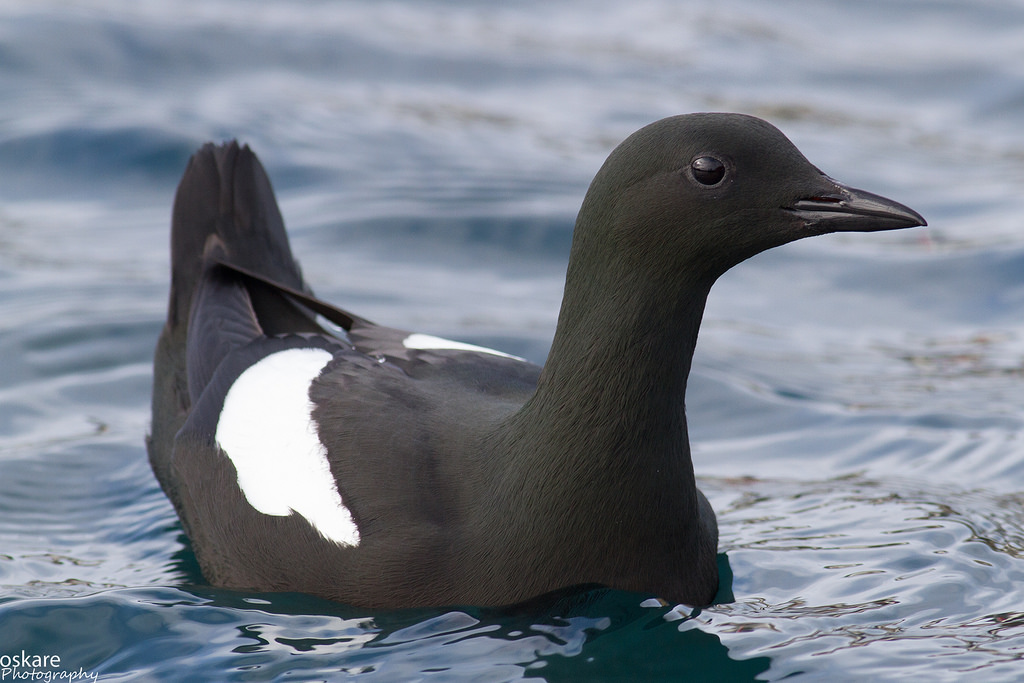
The title of this blog is a quote from our former president George W. Bush. Of course I refer to Canada, specifically Newfoundland, where I visited a while back in the fall season. One of the best things about traveling is learning history, culture, and especially geography. Do you know where the easternmost tip of North America is, where the explorer John Cabot landed, or where the Titanic sank?All here. And, on 12 December 1901, the first transatlantic wireless transmission was received here by Guglielmo Marconi in an abandoned fever and diphtheria hospital, which has since been destroyed by fire. The transmission, in Morse code, originated from his Poldhu Wireless Station, Cornwall, UK.
Newfoundland is known for its seabird colonies – millions of puffins, gannets, murres, guillemots, and gulls nest here. On a boat south of St. John’s, we saw hundreds of Atlantic Puffins, the remnants of a summer breeding colony of 300,000 birds, most of whom had gone to sea for the winter. But the sight was still impressive. Puffins nest in burrows and the same pair uses the same burrow every year. After flying out to sea to capture small fish called capelin, the parents fly back to the burrow with a few to dozens of capelin in their bills and find their burrow, apparently with the use of smell as well as sight.
We also went to Cape St. Mary’s, one of the most accessible seabird colonies in the world. Again, the end of the breeding season, but there were still 50,000 Northern Gannets there along with their young. We got within 30 feet of some nests and could almost touch the birds as they flew overhead, seemingly oblivious to my wife and me, the only visitors at the time. The sight, the sounds, and the smell of the colony contrasted to the sight of the sheer cliffs, the blustery winds, and the fog, which waxed and waned. It was as if no humans had ever been here before.
Gannets establish a very small (perhaps one square foot) territory on the top of a large rock or the ledge of a cliff where they raise one young, the parents taking turns finding food for the nestling. There is only room for the young and one adult at the nest site, so one adult flies back and forth to catch and deliver food while the other rests on the ocean. Then they switch duties. The nest sites are so small that there is no room for an adult to make a graceful landing. Instead, as they approach the nest site, they deftly hover a few feet above it and then fold their wings and drop like a rock next to their nestling. Their knees and ankles take quite a beating.
Northern Gannets are well suited for their aquatic life and especially diving for fish. Their eyes face forward (instead of to the side like most birds,) they have no external nostrils, and their chest has a connective tissue full of small air sacs, not unlike bubble wrap, that cushions them against the impact of the dive.
I added the Black Guillemot to my life list on this trip.
Here’s a list of the birds of Newfoundland and Labrador.
Very interesting and very informative. The lead in with local history was particularly appealing. And I really liked the flowing, story format. Just makes you want to meet the author and chat which I hope one day to do.